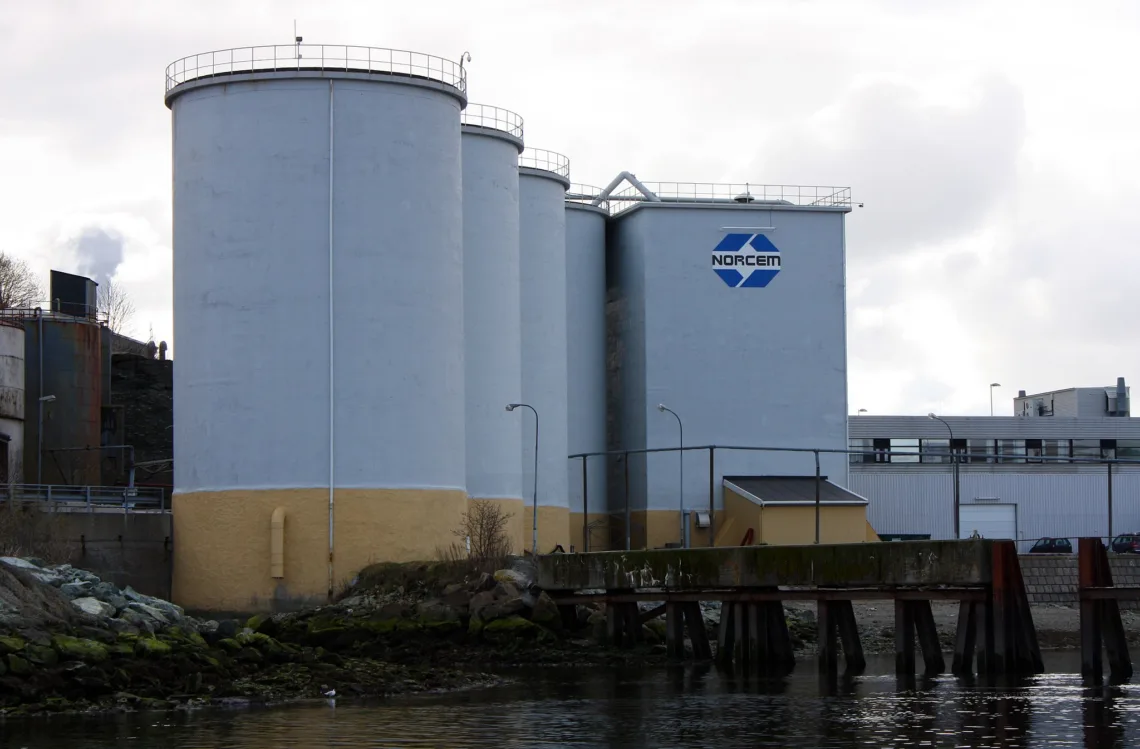On 1 January 2007, Jens Stoltenberg said in his New Year’s speech that he had a vision.
“Our vision is that within 7 years we will have the technology that makes it possible to clean emissions of greenhouse gases. It will be an important breakthrough in reducing emissions in Norway. When we succeed, the world will follow. This is a major project for the country, it’s our moon landing.”
The moon landing was about developing carbon capture at Equinor’s facility in Mongstad. The project ended in total failure six years later.
Norway decided to try again, not as a moon landing, but as Langskip, writes Nettavisen.
The government describes it this way:
“Langskip is the government’s investment in CO₂ management and is a full-scale CO₂ management project that will demonstrate the capture of CO₂ from industrial sources, transport and safe storage of CO₂. CO₂ will be captured at Norcem’s cement factory and Hafslund Oslo Celsio’s waste incineration plant, liquefied and collected by ship. It will then be transported to an intermediate storage facility in Øygarden northwest of Bergen and then pumped through pipes onto the shelf where it will be safely stored 2,600 metres below the seabed.”
But now strong messages are being received about project cost reductions.
The CO₂ purification plant at Norcem is believed to be NOK 1.3 billion more expensive than expected and will be delayed by half a year.
Oslo’s prestigious project with CO₂ purification at the waste incineration plant at Klemetsrud in Oslo has been put on hold, due to a huge cost deficit. So big that Hafslund Oslo Celsio will not even pay the amount.
We take the situation seriously. New cost calculations show that we cannot carry out the carbon capture project according to the original plan within the existing budget. It is therefore necessary to take the CCS project into a cost-reducing phase, says managing director Knut Inderhaug.
Oslo municipality does not want to step in with more money, according to state secretary in the Ministry of Oil and Energy Andreas Bjelland Eriksen (Ap), the state is not ready to save the project either.
Celsio has informed us that they are now going through the project costs. It is up to Hafslund Oslo Celsio and their owners to clarify how this excess is to be covered. The company cannot expect increased funding contributions from the state, says Bjelland Eriksen.

